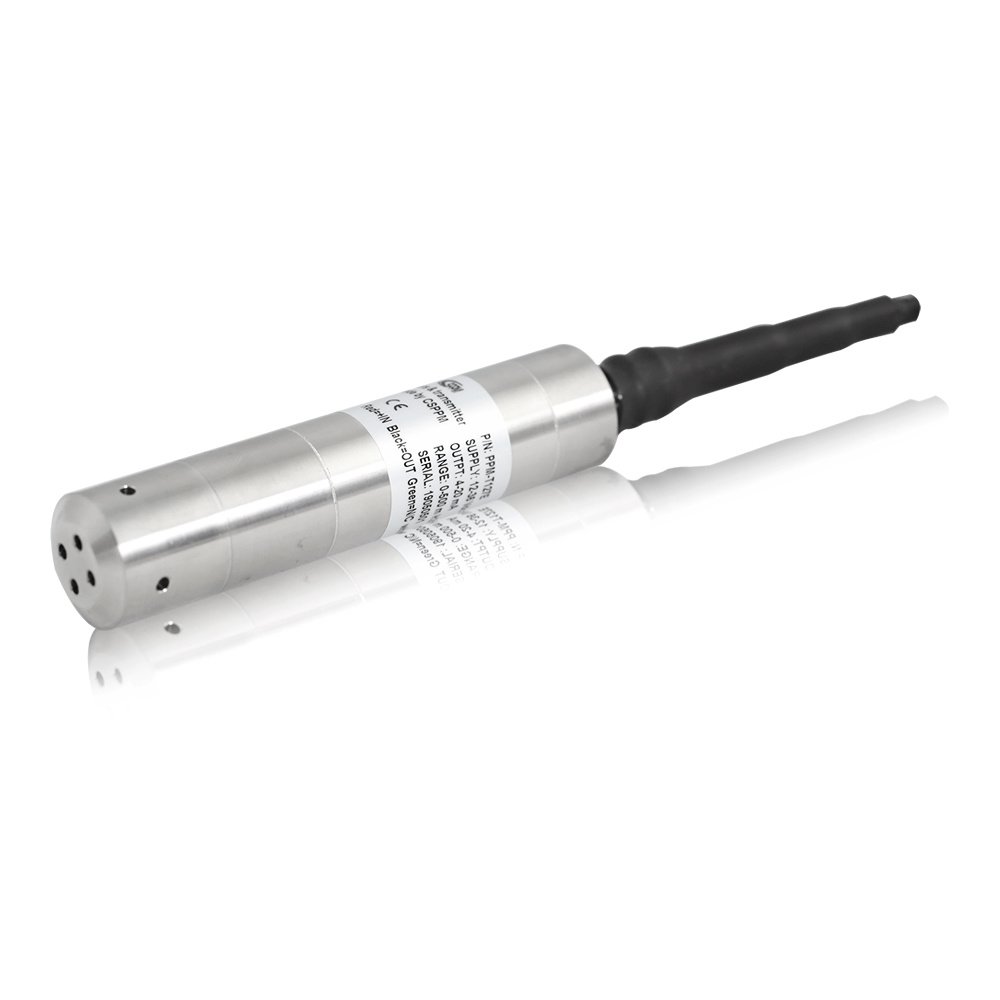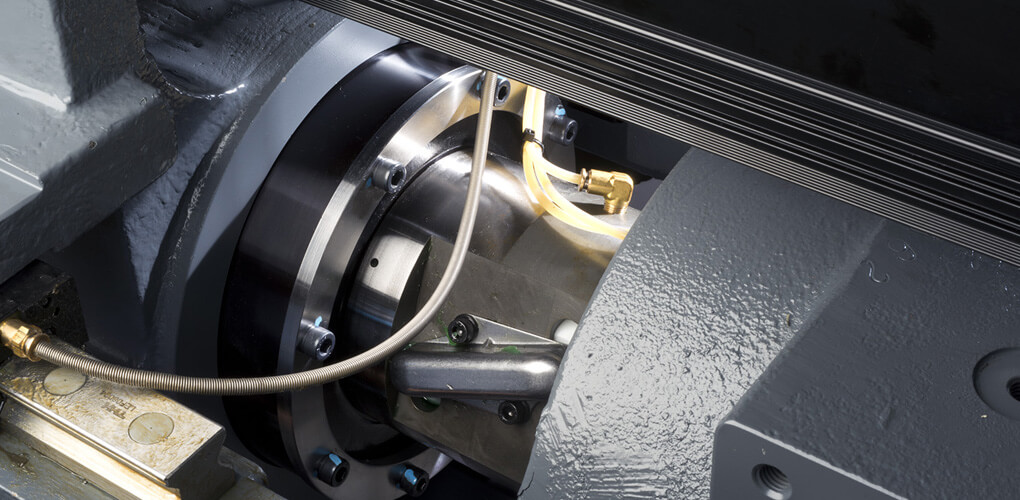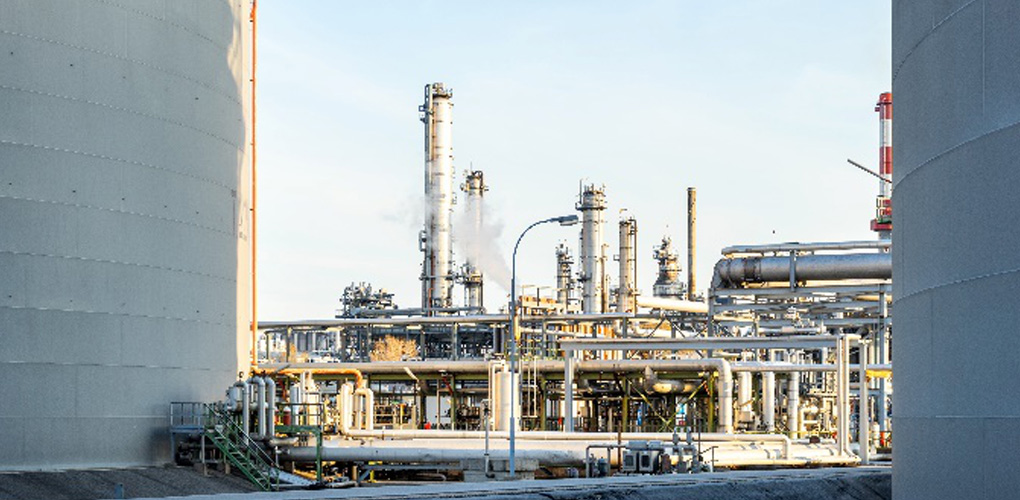How to Choose Pressure Transmitter For Sewage Treatment
9 Tips to Help You Choose the Right Pressure Transmitter for Sewage Treatment
A sewage treatment process is critical to the preservation of the environment and the natural water bodies. A pressure transmitter for sewage treatment is crucial to the optimal performance of any wastewater treatment process.
Environment protection authorities have very tight tolerance for contaminants present in the water we discharge in the natural water bodies. Therefore, wastewater treatment plants operating worldwide invest significant efforts and resources in ensuring the efficiency of all their equipment including pressure transmitters.
You May Also Read: Choosing the Right Refrigerator Pressure Transmitter
However, there is a wide range of options available in pressure transmitters. And choosing the right pressure transmitter for a specific application is critical to ensure that the device operates accurately.
Therefore, in this article, we will discuss some tips to streamline pressure transmitter selection for sewage treatment. But before that, it is essential to understand the working of a pressure transmitter.

What is a Pressure Transmitter?
A pressure transmitter is a pressure sensor that senses the system's pressure and converts it into electrical signals. These devices have a diaphragm that is in contact with the system pressure. The system pressure exerts mechanical strain on the diaphragm.
The sensor converts this mechanical strain into electrical signals. Which the transmitters send over to the controller that takes action when needed.
Now, you'd think saying pressure transmitter is a pressure sensor redundant. However, a pressure sensor is a generic term that people use for all the devices that convert pressure variations into electrical signals. In contrast, a pressure transmitter amplifies these signals and transmits them over to an often-far-off receiver.
Because it communicates with far-off controllers, transmitters usually output electrical signals in 4-20 mA. That is because current signals offer good immunity against electrical noise.
Tips for Selecting the Right Pressure Transmitter for Sewage Treatment Process
Sewage treatment application is one of those industries that put the process equipment through the harshest of the environment and the most challenging operating conditions. Moreover, these facilities have tight tolerances for their effluent specifications.
Therefore, a sewage treatment facility necessitates that the equipment can withstand constant exposure to possible toxic water. Bear vibrations and shocks and perform accurately throughout.
Here are a few tips to help you select the right pressure transmitter for sewage treatment applications:
1. Range of Pressure
Different pressure transmitters work with different operating pressure ranges. Using a pressure transmitter in an application where the operating pressure is beyond or below the range of the device's measurement range, can lead to inaccuracies.
So, before you pick a pressure transmitter for your sewage treatment process, consider the range of operating pressure. That means you must estimate the minimum and maximum pressure values that the system is likely to reach and then get a pressure transmitter with an operating range wide enough to accommodate the variations in your system pressure and keep working accurately.
2. Type of Pressure Sensor
There are three primary types of pressure transmitters. These are Absolute, Gauge and Differential pressure transmitters.
The absolute pressure transmitters measure pressure against a perfect vacuum. Contrarily, Gauge pressure transmitters measure pressure against the atmospheric pressure. In contrast, differential pressure sensors sense the difference of pressure across two points in a stream or tank and relay their difference.
Each of these types of pressure sensors is suitable for various applications. However, the most common type of pressure transmitter for sewage treatment facilities is likely to be a differential pressure transmitter.
3. Accuracy of the Pressure Transmitter
A pressure transmitter's accuracy depends on three factors: Repeatability, Linearity, and Hysteresis. Most pressure transmitters exhibit an accuracy ranging between 0.5% to 0.05% of the full operating range.
Therefore, determine how tightly you need to control the system's pressure, flow, or level variables and then choose a pressure transmitter accordingly.
4. Operating Temperature Range
A pressure transmitter is often sensitive to extreme temperatures. Hence, a too high or too low value of the operating temperature can compromise the pressure transmitter's accuracy.
A pressure transmitter for sewage treatment is highly unlikely to operate at extremely high temperatures. Yet, you can expect significant variations in the operating temperatures of a sewage treatment facility.
So, it would be viable to invest in a pressure transmitter that can withstand fluctuations in the system pressure. Without manifesting these variations in the form of decreased accuracy.
5. Restrictor Plug
A restrictor plug in a pressure transmitter is a small arrangement within the device that dampens the pressure spikes in water. It does so by reducing the line's internal diameter where the sensor is.
A pressure transmitter for sewage treatment is a device that is almost always exposed to shocks and vibrations due to changes in the flow of influent water and the presence of large solids in it. And frequent high-pressure spikes can defer the accuracy of the device or contribute to its premature failure.
Therefore, when considering a pressure transmitter for sewage treatment, it is best to make sure that the device has a restrictor plug. And that it can withstand shocks and vibrations that the system sends its way.
6. Resistance Against pH Levels
Wastewater that enters a sewage treatment facility contains all sorts of impurities that alter the pH of water.
If the pressure transmitter is not built to sustain an acidic or alkaline influent's corrosive nature, it is likely to erode internally and externally.
Therefore, while getting a pressure transmitter for sewage treatment, ensure that it is protected against erosion and wear due to the system media. Furthermore, make sure the transmitter's sensing element is made of 316L Stainless Steel as it offers good resistance against corrosive liquids.
7. Compatibility with the Process Media
Different pressure transmitters are made to measure the pressure of various fluids. Some transmitters are used to measure air pressure, while others are used to sense oil pressure. In comparison, some pressure transmitters measure the pressure of water.
So, if you are buying a pressure transmitter for the sewage treatment process, make sure that it is compatible with wastewater that it will work with.
8. Protection Against Moisture Ingress
Whenever you are using a device that you know will work with water, like a pressure transmitter for sewage treatment, it is crucial to ascertain that it is protected against moisture ingress.
Any moisture that seeps into the sensor can lead to damaged transmitter circuitry, corrode electrical connection, and may as well lead to a short circuit. Therefore, while buying a pressure transmitter, make sure you choose one with appropriate IP and NEMA ratings.
A sewage treatment facility, in some applications like level measurements, may use a submersible pressure transmitter. In such cases, you might want to ensure that the transmitter is IP68 or NEMA 6P rated.
9. Sensing Element
A pressure transmitter most commonly utilizes three types of sensing elements. These are Resistive, capacitive and piezoelectric sensing element.
A resistive sensor works on piezoresistive principle and produces a change in resistance when there is a change in acting pressure. This sensor can measure small pressure differences and have good long-term stability but are only moderately resistant against shock and vibrations.
A Capacitive pressure sensor offers a change in capacitance when system pressure acts on one of its capacitor plates and causes it to deflect. This change in capacitance is transmitted as electrical signals. This type of sensor is mechanically robust and can withstand a wide range of operating temperature and is also resistant against short-term overpressure.
Finally, a Piezoelectric pressure sensor works on the piezoelectric phenomenon and generates an electric charge in response to a mechanical strain. These sensors are extremely robust and can withstand harshest of temperature while also featuring a wide range of operating temperature.
Therefore, after understanding each of these types of pressure sensors' features, we may conclude that a capacitive or piezoelectric sensor might be best used in the sewage treatment process.
You May Also Read: ABCs of Pressure Sensor for refrigerator
Conclusion
A pressure transmitter for sewage treatment is in constant contact with possibly corrosive wastewater. Therefore, it is vital to select a transmitter that can withstand the harsh operating conditions that a sewage treatment facility offers.
To select the right pressure transmitter, determine the operating pressure and temperature of your system. And make sure that the transmitter is resistant against corrosiveness, moisture ingress, and shock and vibrations.
If you do your homework. And consider all the factors that we have discussed above. You might be able to get the best pressure transmitter for your system. (and maybe even a pat on the back by your supervisor).
For More Information, Contact Us Today!













